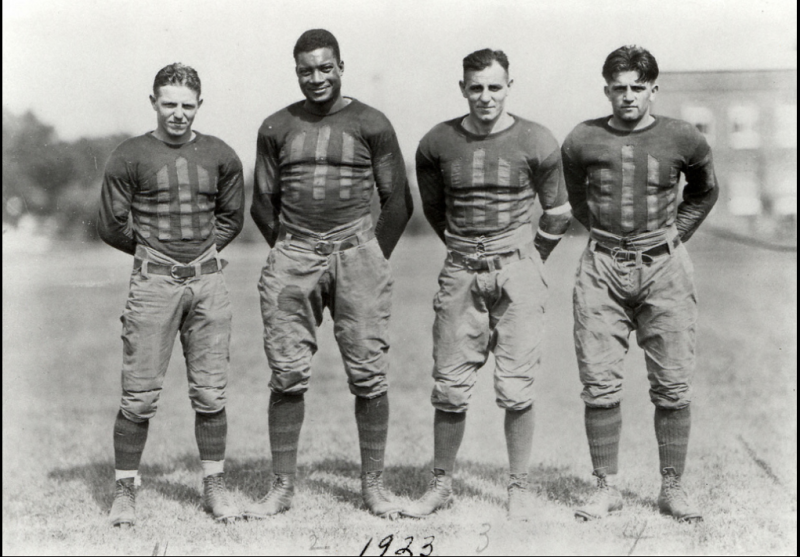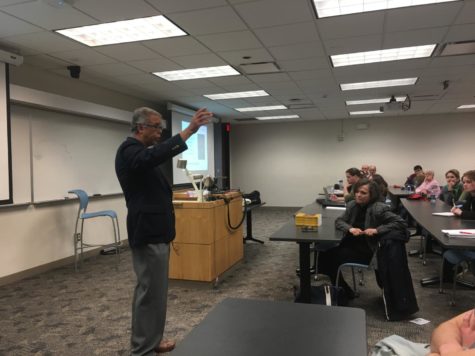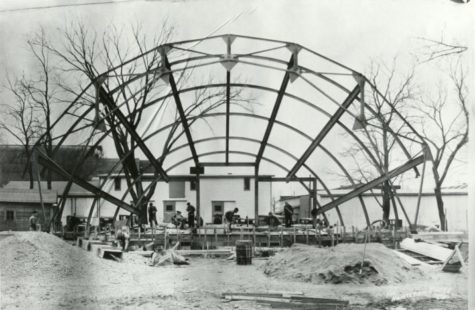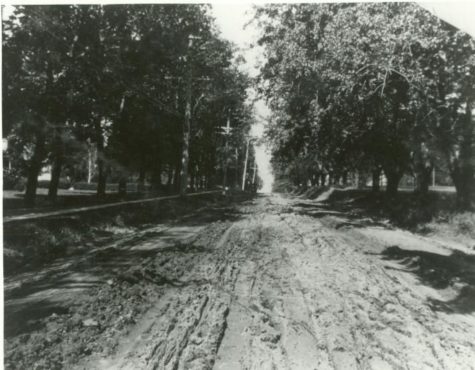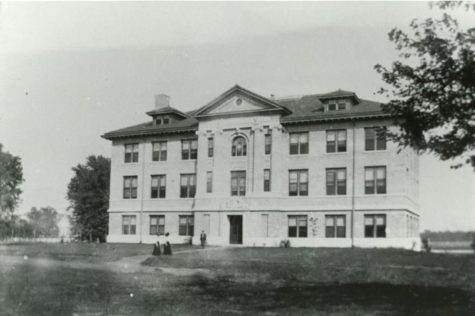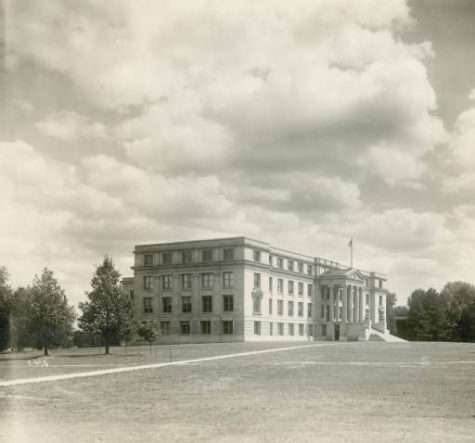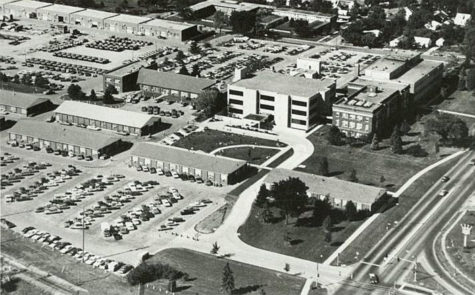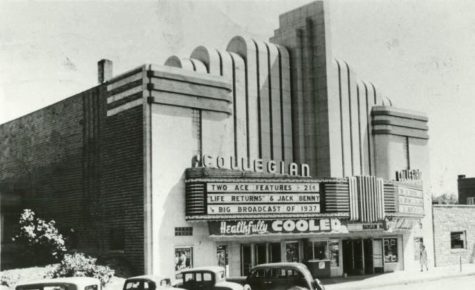Legend Jack Trice leaves mark, never plays in Ames
Courtesy of ISU Special Collections
Jack Trice came to Iowa State to play football but only played once. Though he later died from injuries he received in that game, his story is forever tied to Ames’ football stadium.
June 18, 2014
Editor’s note: In celebration of the 150th anniversary of our city, the Daily will highlight prominent figures, places and events in Ames’ history each week.
Jack Trice only played one football game for Iowa State.
Many ISU students, alumni and fans recognize the name Jack Trice as the stadium that ISU football calls home. Iowa State’s football stadium is the only NCAA Division I football stadium to be named after an African-American athlete.
Jack Trice was born in Hiram, Ohio, in 1902. His mother sent him to live with his uncle in Cleveland, where he went on to attend East Technical High School and play football. While in high school, Trice was coached by Sam Willaman. After graduating high school, Trice and five of his teammates followed their high school coach to Ames, Iowa, to play for what was then Iowa State College.
Trice was the first African-American athlete at Iowa State. He participated in both track and football.
During the summer after his freshman year at Iowa State, Trice went to Ohio and married Cora Mae Starland. Trice and his new bride moved back to Ames in the fall of 1923.
On Oct. 6, 1923, Trice played in his first college football game against the University of Minnesota in Minneapolis. On the road trip, Trice had to stay in a different hotel, without his teammates, because he wasn’t allowed to eat in the dining room with the rest of the team.
On the night before his first game, Trice wrote himself a letter, which was later found in his jacket pocket. He wrote:
My thoughts just before the first real college game of my life: The honor of my race, family and self are at stake. Everyone is expecting me to do big things. I will!
My whole body and soul are to be thrown recklessly about on the field tomorrow. Every time the ball is snapped, I will be trying to do more than my part … Be on your toes every minute if you expect to make good. Jack.
During the third quarter of the game against Minnesota, Trice was trampled by several Minnesota players after landing on his back during a tackle. A Minnesota player stepped on his stomach and groin.
Trice claimed to be fine, but he was removed from the game and taken to a Minneapolis hospital. There the doctors determined that Trice had broken his collarbone early in the game. They decided that he was healthy enough to travel home with his team.
Trice began to have trouble breathing on the trip back to Ames. A doctor from Des Moines was summoned when they arrived in Ames the next day. The doctor determined that surgery was too risky, and the next day Trice died of pulmonary hemorrhaging and internal bleeding in his abdomen.
The college canceled classes for Trice’s memorial service, and more than 4,000 students and faculty members attended the ceremony.
The movement to name Iowa State’s new stadium after Trice began in 1973. The movement had a lot of student support — the 1974 Government of the Student Body unanimously voted to endorse the effort.
The stadium was named “Cyclone Stadium” in 1984 and the playing field was named “Jack Trice Field.”
The statue of Trice that stands outside the stadium today was donated by the 1987 GSB.
The stadium was named Jack Trice Stadium in 1997.
While at Iowa State, Trice majored in animal husbandry. He wanted to take his knowledge to the South to help black farmers when he graduated.

